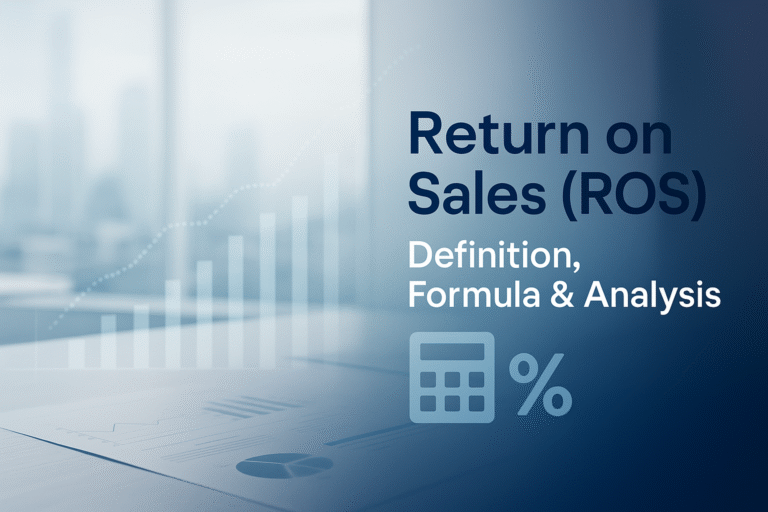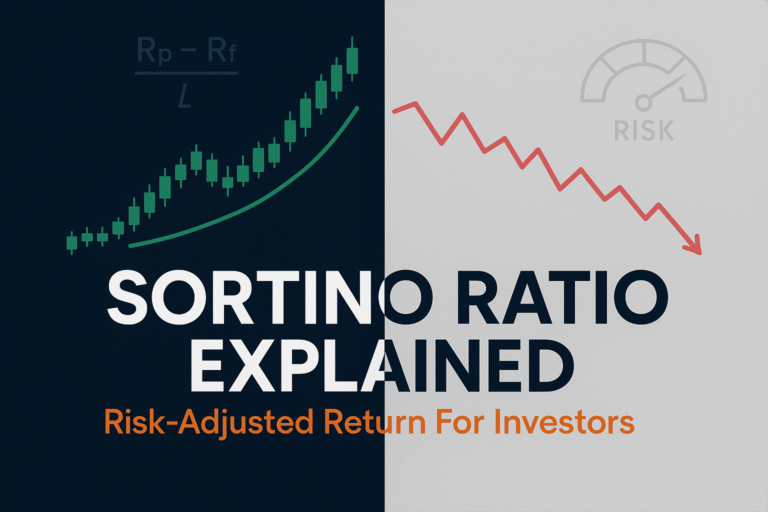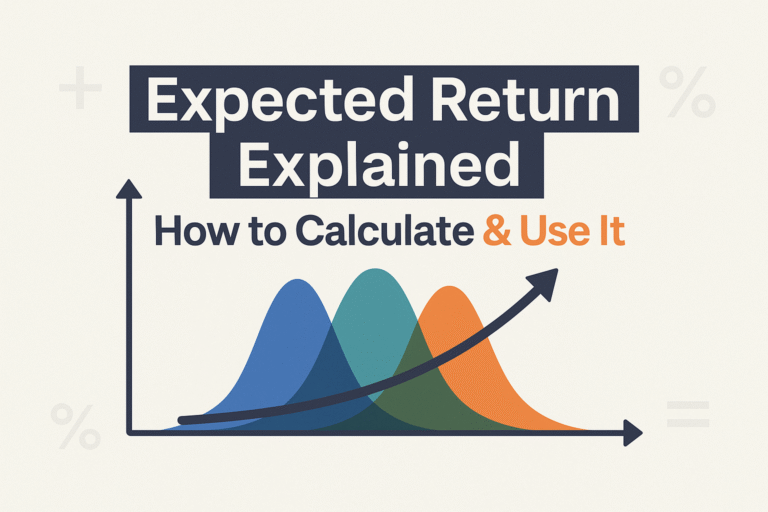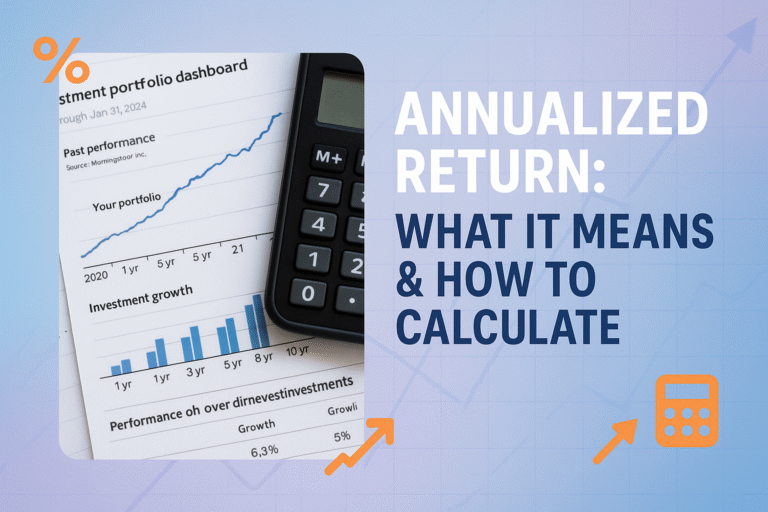A dividend portfolio is a collection of stocks (or funds) designed to generate regular cash payouts from dividends. Investors utilize it as a means to generate passive income, preserve wealth, and potentially grow capital over time. Whether you’re saving for retirement or want extra income, a dividend portfolio can be tailored to meet your financial goals.
This guide explains how dividend portfolios work, how to build one, the pros and cons, and real-world strategies investors use to maximize income.
What Is a Dividend Portfolio?
A dividend portfolio is an investment strategy that focuses on owning dividend-paying assets such as:
- Dividend stocks – Companies that pay a portion of profits back to shareholders.
- Dividend ETFs – Funds holding baskets of dividend-paying stocks.
- REITs (Real Estate Investment Trusts) – Companies that distribute most of their earnings as dividends.
Example: If you own 100 shares of a stock that pays a $2 annual dividend, you’ll receive $200 per year in cash payouts regardless of the stock price movement.
Why Build a Dividend Portfolio?
- Passive income stream – Dividends provide regular cash flow.
- Retirement planning – Helps replace employment income.
- Hedge against inflation – Companies with rising dividends can outpace inflation.
- Compounding growth – Reinvested dividends buy more shares, accelerating returns.
How to Build a Dividend Portfolio (Step-by-Step)
1. Define Your Goals
- Income focus: Choose high-yield stocks (4–8% yields).
- Growth focus: Choose dividend growth stocks with lower yields (1–3%) but rising payouts.
- Balanced: Mix both for income + growth.
2. Diversify Across Sectors
Avoid over-reliance on one sector (like utilities). Spread across:
- Utilities & Energy
- Consumer Staples
- Healthcare
- Financials
- Technology (dividend-growth tech stocks)
3. Screen for Quality Companies
Look for:
- Dividend Yield = Annual Dividend ÷ Share Price
- Payout Ratio (ideally <70%)
- Dividend Growth History (e.g., Dividend Aristocrats = 25+ years of increases)
- Financial Health – Strong free cash flow & manageable debt
4. Start Small and Scale
Begin with 5–10 stocks or a dividend ETF. Reinvest dividends automatically for compounding.
Dividend Portfolio Example
| Investment Type | Example Ticker | Dividend Yield | Pros | Cons |
|---|---|---|---|---|
| High-Yield Stock | AT&T (T) | ~6% | Strong income | Slower growth, riskier |
| Dividend Growth Stock | Johnson & Johnson (JNJ) | ~3% | Consistent growth & stability | Lower current yield |
| REIT | Realty Income (O) | ~5% | Monthly dividends | Sensitive to interest rates |
| ETF | Vanguard High Dividend Yield ETF (VYM) | ~3% | Diversification | Lower income than single stocks |
Dividend Portfolio Formula
If you invest $50,000 into a portfolio yielding 4%, your expected annual income is: DividendIncome = Investment × DividendYield
DividendIncome = 50,000 × 0.04 = 2,000
That means you’d earn $2,000 per year in passive income (before taxes).
Advantages of a Dividend Portfolio
Regular passive income
Potential hedge against inflation
Long-term compounding when reinvested
Historically resilient during downturns
Can supplement or replace retirement income
Disadvantages of a Dividend Portfolio
Dividend cuts are possible during recessions
High yields may signal financial trouble
Taxes on dividends reduce net income
May underperform high-growth stocks
Concentration risk if not diversified
Who Should Build a Dividend Portfolio?
- Retirees → For reliable income streams.
- Early investors → For compounding growth via reinvested dividends.
- Conservative investors → For stability over speculation.
- Income-focused investors → For covering living expenses or reinvestment.
FAQs About Dividend Portfolios
It depends on expenses. For $40,000/year in income with a 4% yield, you’d need about $1,000,000 invested.
They’re generally stable but not risk-free. Dividends can be cut, and stock prices still fluctuate.
If you don’t need the money now, reinvesting accelerates growth through compounding.
Other Link Suggestions
Source Link:
The Bottom Line
A dividend portfolio can provide investors with steady passive income, growth through compounding, and financial security, but it requires careful stock selection, diversification, and patience. Whether you’re saving for retirement or seeking a monthly cash flow, dividend investing can be a powerful strategy.
Start small with dividend ETFs, then expand into individual stocks as you gain confidence. Over time, your dividend portfolio can become a reliable source of income.






